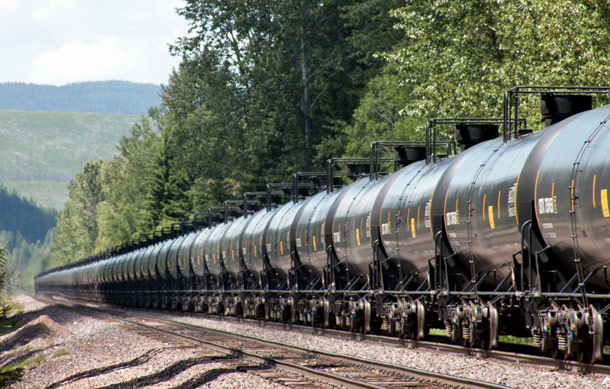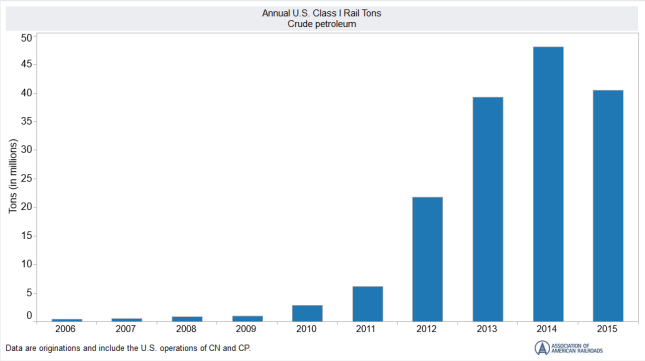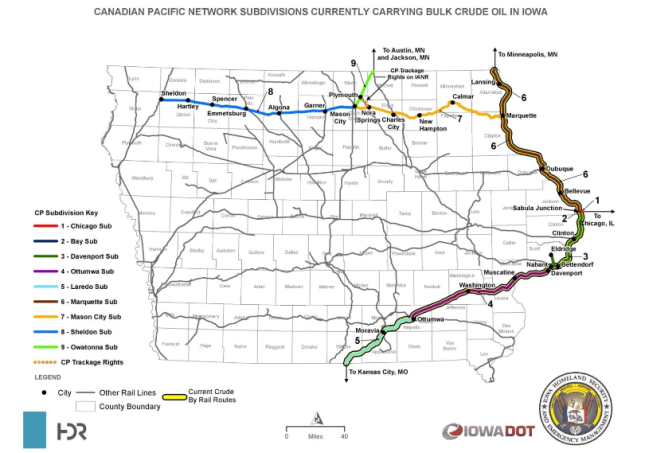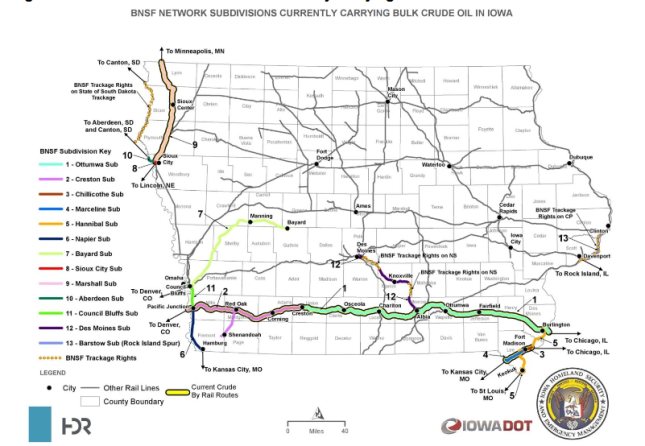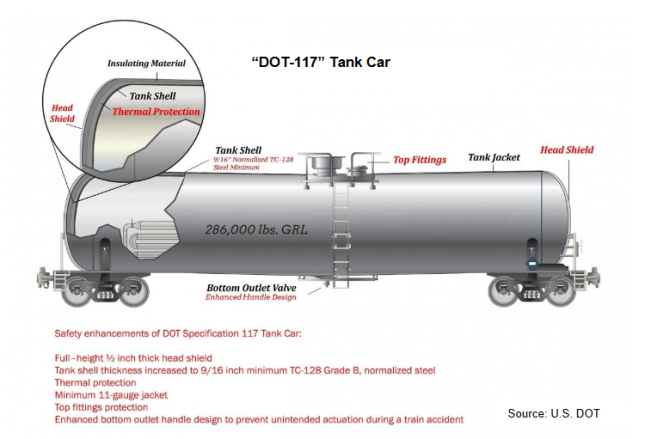In recent years, private sector companies such as Google, Tesla, and Uber have started to spend vast quantities of time and money on the development of automated vehicles. Though robotic vehicles aren’t a new phenomenon, their deployment onto public roadways is. Use of computer piloted vehicles in resource extraction industries as a cost-cutting measure has been increasing in recent years, but the stakes were lower in places like the Australian Outback, where people and vehicles weren’t sharing a roadway (Diss 2015). With their debut in places like San Francisco, automated vehicles have raised both hopes and questions as they’ve navigated congested roadways with minimal incidents. According to Google’s self-reporting, their vehicles have had 65 incidents as of April 2016 (Google 2016), while having traveled 1.3 million miles (Kalra and Paddock 2016). A high profile death involving Tesla’s autopilot in May 2016 brought a fresh wave of worries regarding the safety of automated vehicles, though it was later revealed that the driver of the Tesla was distracted (Yadron and Tynan 2016).
Regardless of public concern, it is likely a safe assumption that some level of vehicular automation will be rolled out in the coming decade. To what extent the technology will be deployed is up for debate, but it is steadily making its way toward mainstream markets. Self-driving cars will have major impacts on how cities plan for space dedicated to vehicles, particularly parking lots. For example, the city of Temecula, CA requires a minimum parking space to be nine feet wide and eighteen feet long, for a total of 162 square feet per parking space (City of Temecula 2016). Reflect briefly on how many spaces parking lots often contain, and how many hours of the day they are actively being utilized. Land uses dedicated solely to vehicles encourages sprawl and intensifies the scarcity of developable property.
How might automated vehicles alter contemporary thinking and practice in regards to parking? Software, if programmed properly, is highly efficient at allocating resources. In this instance, land itself would be considered the resource, and the software controlling automated vehicles could be the driving force in configuring vehicles in a manner that maximizes use of existing space. Exactly how much space remains an unanswered question, but algorithmic parking could radically alter urban landscapes in the not-too-distant future. Imagine a parking lot where cars are parked centimeters apart rather than inches or feet, where the need for space to swing a car door open is nil.
Thus far, the picture concerning automated vehicles has been painted rosily. Reducing the land area dedicated specifically to parking or driving cars could reduce sprawl, but a more efficient transportation system could end up encouraging the very phenomenon it has the potential to curb – sprawl. Return for a moment to Temecula, a city located only 85 miles from the city synonymous with both sprawl and traffic – Los Angeles. It is important to consider what effect decreased congestion will have on a populace’s behavior. Though it may be difficult to ascertain the exact implications of decreased commuter times on land-use patterns, it is an endeavor critical to proactive planning. It is a distinct possibility that people may move further away from urban cores if it takes less time overall to travel into once-congested areas.
Might automated vehicles, a technology that holds so much promise in reducing impermeable surfaces, indirectly lead to larger urban footprints? Though car manufacturers and planners formulate conjectures as to how people will make use of their automated vehicles, a background in software development has taught me to expect surprises from end users. A certain feature may be intended for use a specific way, but once in possession of those making daily use of a product, unforeseen patterns may begin to emerge. For example, what will stop users from sending level five automated vehicles to pick up groceries ordered online? Or more frivolously, a slushie from the gas station a mile or two away? This technology will alter both where we decide to live and how businesses with their accompanying supply chains function. It is commonly thought that single-occupancy vehicles are detrimental to efficiency, so how will non-occupied vehicles running menial tasks for their owners be viewed?
The impacts of vehicular automation will influence not only housing location decisions and how consumers use their self-driving vehicles, it will fundamentally alter supply chains providing goods and services to buyers. Return to the grocery store example and consider not only the consumer’s choice of sending a vehicle, but also how grocery stores not built for shoppers would operate. These food distributors could be smaller in size than their contemporary counterparts and would have no need of locating in busy, congested central cities. Might total VMT increase as industries like grocery stores move further from the people they have historically co-located near?
Effective transportation and land use policies will be cornerstones in the coming years as metropolitan areas are forced to contend with issues such as global climate change and deteriorating water quality. Planning practices that anticipate future challenges and incorporate emerging technologies such as automated vehicles can help to alleviate or avoid entirely the ever-present threat and practice of unchecked sprawl. It is a battle that will be won or lost in the margins, with victories measured in scales of inches and feet. Though reducing the average size of a parking lot may not seem particularly exciting in practice (because it’s not), the possibilities that arise when more land is available for uses other than car storage are. Vehicular automation, even at the relatively low level of simple parking, can provide massive returns on fostering a more active urban landscape if accounted for early enough.

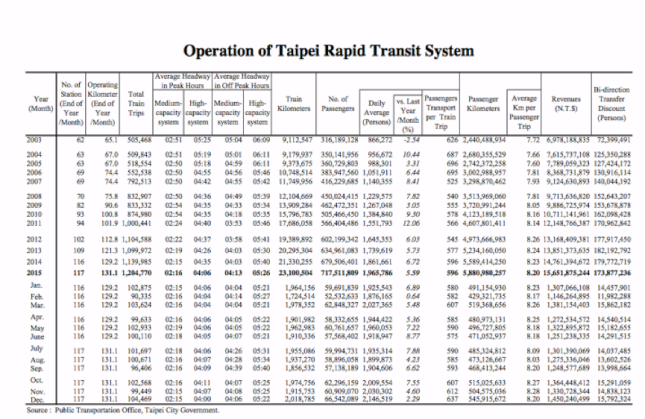

 The road to high speed rail construction in the United States, if paved with good intentions, is paved even more extensively with regulatory roadblocks, political jockeying, NIMBYism and even economic protectionism. As Yonah Freemark states in his August 2014 article for CityLab regarding the country’s inability to construct the preeminent transportation mode of our time, “The problem isn’t geography, demographics, or money – it’s federal will.” [3] Taking into account that the United States espouses a (however indirect) democratic form of government, that lack of federal will is proxy for the lack of will among the American body politic to replace the traffic jams and long airport security lines that we seemingly love to hate.
The road to high speed rail construction in the United States, if paved with good intentions, is paved even more extensively with regulatory roadblocks, political jockeying, NIMBYism and even economic protectionism. As Yonah Freemark states in his August 2014 article for CityLab regarding the country’s inability to construct the preeminent transportation mode of our time, “The problem isn’t geography, demographics, or money – it’s federal will.” [3] Taking into account that the United States espouses a (however indirect) democratic form of government, that lack of federal will is proxy for the lack of will among the American body politic to replace the traffic jams and long airport security lines that we seemingly love to hate. proposed bill, however, is that it seems to disregard (intentionally or not) the scores of other private organizations that do enjoy eminent domain authority in the state, including energy and telecommunication firms, as well as over one dozen railroad companies (which one can only assume are not of the HSR variety). [4]
proposed bill, however, is that it seems to disregard (intentionally or not) the scores of other private organizations that do enjoy eminent domain authority in the state, including energy and telecommunication firms, as well as over one dozen railroad companies (which one can only assume are not of the HSR variety). [4]




